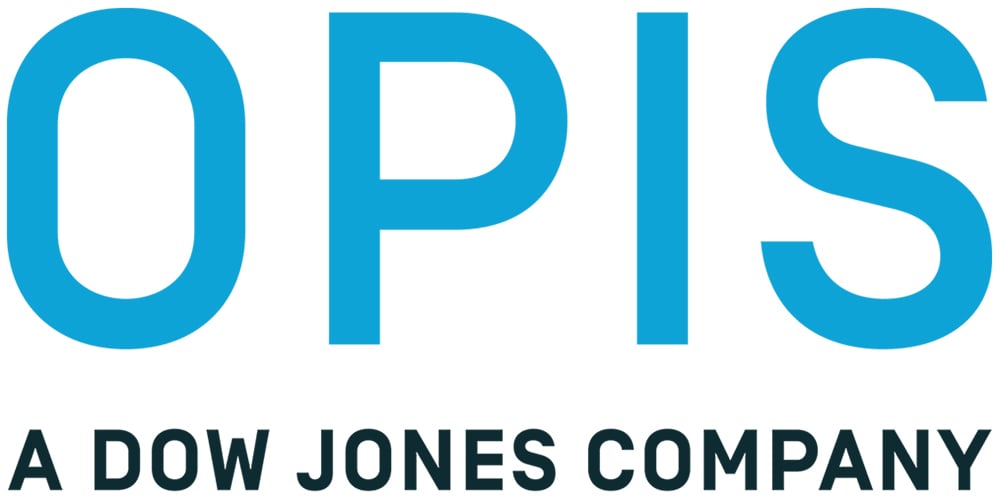Dispelling Myths around Hydrogen
Download our latest whitepaper 'Dispelling Myths around Hydrogen'
Hydrogen today is currently almost entirely used in either refining or industry. It is mostly produced from natural gas or methanol, with less than 1% of hydrogen production coming from low emissions technologies. However, in the last decade, numerous additional use-cases for hydrogen have surfaced, while plans for green hydrogen production have grown. These have created the impetus for transformational change in the hydrogen sector.
In this paper we focus on these new use cases for hydrogen, and how they will evolve in coming decades. We also examine expectations for green hydrogen production costs, and whether hydrogen can eventually compete with other fuels without subsidies. We examine challenges within the hydrogen industry, and how those challenges may be resolved. Lastly, we dispel many of the myths that surround hydrogen.
- Hydrogen is versatile, with many use-cases. Unlike traditional fuels, which tend to have a limited number of markets, hydrogen can be used in many applications, from the oil and gas industry use of today, to steelmaking, chemical production, transportation, and electric power. This versatility is one of the keys to its prospective growth - though also puts pressure on supply to keep up with expected demand from many sectors..
- Hydrogen is expensive - but costs will fall. Just as the cost of producing electricity from wind and solar has fallen dramatically in the last two decades, it is reasonable to expect similar cost reductions in hydrogen production. And there are clear expectations for areas where costs can fall. Economies of scale should lower costs dramatically, as facilities that are able to make many and larger electrolyzers come online. New electrolyzer technologies - such as solid state electrolyzers - offer the hope of lower costs. And changes in the raw materials used to build electrolyzers also suggest cost reductions.
- Many challenges remain. There are many uncertainties that still face hydrogen. Can challenges around transporting a volatile, low energy density, acidic commodity that only becomes a liquid at -253C be overcome? Will a global hydrogen market develop? Or will end users simply opt to develop their own local hydrogen production as a way to vertically integrate? What policy support will help hydrogen develop into a true global commodity?
Download Whitepaper
Products of Interest
Market Advisory Service – Global Methanol: In-depth analysis of global market trends, drivers, and challenges, featuring 2-year price forecasts, weekly insights, and comprehensive monthly reports covering pricing, supply/demand, and trade.
Click HERE to learn more
World Analysis – Methanol: In-depth methanol market analysis with long-term data, strategic insights, and trusted forecasts extending to 2050 for informed decision-making
Click HERE to learn more
OPIS Global Carbon Offsets Report: The OPIS Global Carbon Offsets Report is the world’s first price report for voluntary carbon markets, offering price discovery and transparency across the industry. It provides daily assessments for 27 voluntary and 10 compliance carbon offset credits, along with breaking news and analysis on market trends and fundamentals.
Click HERE to learn more
OPIS Carbon Markets Report: The OPIS Carbon Market Report delivers reliable, transparent trade-day data for the world’s largest compliance carbon markets.
Click HERE to learn more
OPIS Solar Weekly Report: OPIS Solar Weekly offers accurate price assessments across the supply chain, from polysilicon to panel prices, using IOSCO-compliant methodology.
Click HERE to learn more
OPIS Europe Hydrogen Report: Offers insights into the evolving hydrogen market landscape in Europe. It offers two essential components:Price Report: A hydrogen cost model that can serve as a proxy for market prices before the emergence of a fully-traded hydrogen market.
Projects and Policies Tracker: A compilation of the latest developments in the European hydrogen sector.
Click HERE to learn more
